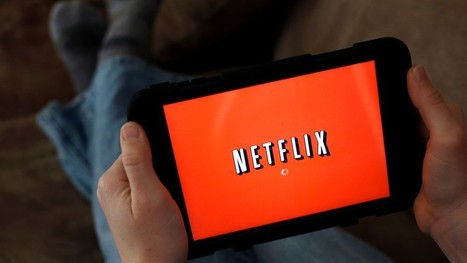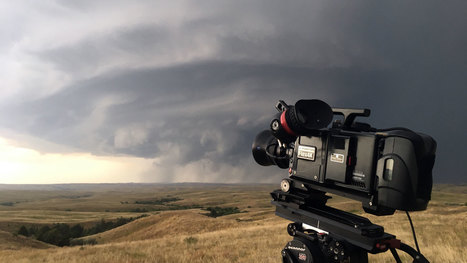Video is taking over the internet, but it's never been more obvious than when you look at who's hogging the world’s internet bandwidth.
Netflix alone consumes a staggering 15 percent of global internet traffic, according to the new Global Internet Phenomena Report by bandwidth management company Sandvine.
Movie and TV show fans are lapping up so much video content that the category as a whole makes up nearly 58 percent of downstream traffic across the entire internet. The report brings us some truly shocking numbers when it comes to the state of web traffic, too. But, at 15 percent all on it’s own, no single service takes up more bandwidth than Netflix.
.../...
What’s perhaps most surprising is that Netflix could dominate even more of the internet’s data if it wasn’t so careful optimizing it’s content.
According to the study, Netflix could consume even more bandwidth if it didn't so efficiently compress its videos. “Netflix could easily be 3x their current volume," says the report.
As a case study, Sandvine looked at the file size of the movie Hot Fuzz on multiple streaming services. The file size for this 2 hour film when downloading via iTunes ranged from 1.86GB for standard definition to 4.6GB for high definition. On Amazon Prime, films of a similar length clock in at around 1.5GB. However, the 120 minute film on Netflix only takes up 459MB.



 Your new post is loading...
Your new post is loading...















Seems that Netflix's encoding process is up to 3 times more efficient than competition, without apparently consumers noticing.
Are they using NG-Codec ?
Netflix consumes 15 percent of the world’s internet traffic